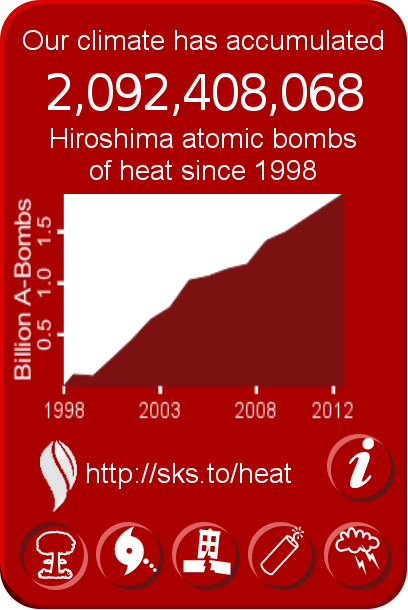The "Republic of Alberta" are a bunch greedy sods. BC should not be so soft and make sure it gets up front compensation from Alberta. But instead it will be the Canadian taxpayer wiping Alberta's a**.
Not familiar with the constitution of Canada are you? The provinces are the only ones with rights to resources, a fact that is supported by the Federal government. The only province whining about wanting some money for something they are not entitled to is British Colombia. The province of BC does not have any say in the matter actually, pipelines are a Federal matter and will be decided at that level. The Premier of BC is threatening all sorts of economic sanctions but I'm afraid Lotus Land will be the one who loses on this. The pipeline could easily go the other direction, the other provinces would welcome the increased employment and tariff revenue. Better yet it could go south and then west through US states who would welcome additional cashflow and employment.
The reason the Alberta government has said a profit share is not part of the equation is it would require an entire rewrite of the Canadian Constitution...something that was hard fought for years ago and something the rest of Canada has no interest in changing.














